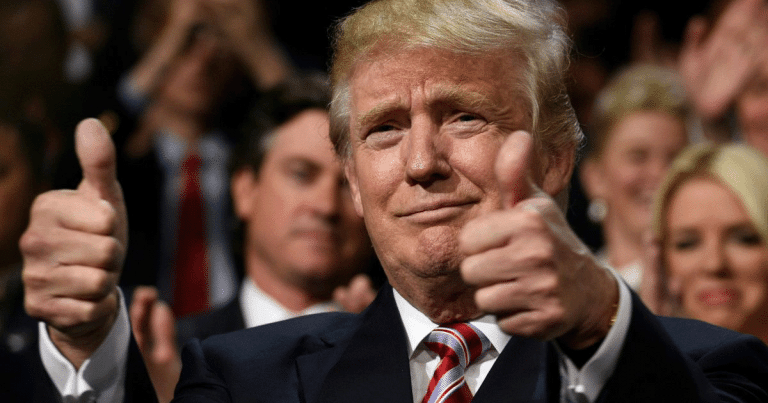
The weight of government regulation continues to crush American business owners. From coast to coast, entrepreneurs struggle under a byzantine maze of federal rules that seem designed to strangle growth rather than foster it. Small business owners, particularly in the franchise sector, report spending more time complying with regulations than actually growing their enterprises.
“Even after several punitive attacks from the Biden administration, the franchise sector is projected to have grown by 4% this year compared to 2.7% for the broader economy,” notes industry expert Matthew Haller. Yet this growth comes despite, not because of, current policies.
Let that sink in for a moment – more than six million Americans have left the workforce since 2009. Many of them were driven out by policies that make hiring and business expansion increasingly difficult. The labor force participation rate remains stuck at 62.7% – the lowest level since the late 1970s.
The Vision For Revival
Thankfully, dramatic shift is on the horizon. Indeed, President-elect Donald Trump has outlined an audacious vision for returning America to pre-pandemic rates of economic growth through what he calls a “golden age of America.” His plan centers on unleashing the private sector, something the Biden administration not only ignored, but actively undermined through its regulatory agenda.
And who better understands the power of American business than someone who’s built them?
“To achieve this objective, the new administration is going to need the private sector,” explains economic analyst Alejandro Chafuen. “The franchise sector alone includes 800,000 small businesses supporting 9 million workers.”
These enterprises represent the backbone of Main Street America, and they’re ready to roar back to life under the right conditions.
Trump’s blueprint for revival includes three major pillars:
First, codifying the Trump joint employer standard into law. This would protect the franchise model that has created millions of small business opportunities. The Biden administration’s National Labor Relations Board attempted to destroy this independence, but their overreach was blocked by Trump-appointed federal judges. Making the standard permanent would provide the certainty businesses need to plan and grow.
Second, re-authorization of the Trump tax cuts set to expire in 2025. These cuts, particularly Section 199A allowing a 20% deduction for pass-through businesses, have been crucial for small business survival.
“These policies became lifelines for small business owners, helping take the economy to new highs prior to the COVID-19 pandemic,” notes financial expert Scott Bennett.
Third, fundamental reform at the Federal Trade Commission. Under Biden appointee Lina Khan, the FTC morphed from a consumer protection agency into what many describe as an anti-business attack dog. Trump’s designated replacement, Andrew Ferguson, signals a return to the agency’s proper role of ensuring fair competition without strangling innovation.
America’s Coming Renaissance
International observers are already taking note.
“Trump understands the importance of low taxes,” writes economic analyst Walter Russell Mead, “but we see two lines of thought among his supporters regarding tariffs.”
While some advocate using tariffs as negotiating tools for fairer trade, others see them as tools for economic planning. The administration appears to be leaning toward the former approach, using “reciprocity” as its guiding principle.
Unlike the theoretical academics populating the Biden administration, Trump’s team believes that unleashing private sector growth is the surest path to addressing our fiscal challenges – even with government debt standing at 120% of GDP.
“No one can make a perfect prediction,” notes Chafuen, “but if you wish to choose a country for your investments or your life, the United States of America in 2025 is a safe bet.”
With proper implementation of these policies, America’s small businesses could lead the way to renewed prosperity.
The vision of an American golden age isn’t just economic – it’s a return to core values of entrepreneurship, innovation, and individual liberty. As the regulatory state is rolled back and businesses are freed to grow again, we may well see a renaissance of the American dream that has inspired generations. The foundation is being laid; the question now is whether we’ll seize this historic opportunity.
Key Takeaways:
- Trump’s three-pillar economic plan prioritizes small business growth and deregulation.
- Private sector liberation could drive economic growth beyond current 2.7% projections.
- Strategic trade policies and tax cuts position America for international competitive advantage.
- Return to traditional American values of entrepreneurship could spark economic renaissance.
Sources: Fox News, Fair Observer, Forbes
